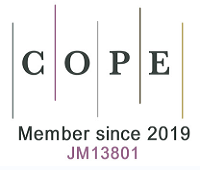fig3

Figure 3. Role of calcium store release via IP3R in mediating apoptosis and its regulation via PI3K/AKT pathways. (A) (1) G protein-coupled receptors (GPCR), Receptor tyrosine kinase (RTK) and others, along with cellular stress, can induce PLC, PIP2 and IP3, leading to activation of IP3R channels on the ER, promoting Ca2+ store release. (3) This mediates Ca2+ transfer to the mitochondria inducing apoptosis. (4) PTEN also plays a role in mediating this pathway in part by blocking anti-apoptotic oncogene AKT. (B) (1) Activation of oncogenes such as AKT inhibits IP3R Ca2+ release from ER stores under chemotherapy and GPCR activation. (2) This is achieved by phosphorylating IP3R and (3) reducing Ca2+ transfer to the mitochondria, enabling apoptotic resistance. (4) PTEN loss is common in TNBC, enabling AKT signalling. (5) NCS-1 is increased in TNBC, promoting IP3R inactivation as well. (6) SOCE is mediated after store release via IP3R; channels such as ORAI and TRP that are activated have increased expression in TNBC and are linked to promoting EMT and thus chemotherapy resistance. RTK: Receptor tyrosine kinase; Orai: calcium release-activated calcium channel protein; PLC: phospholipase C; GPCR: G protein-coupled receptors.











